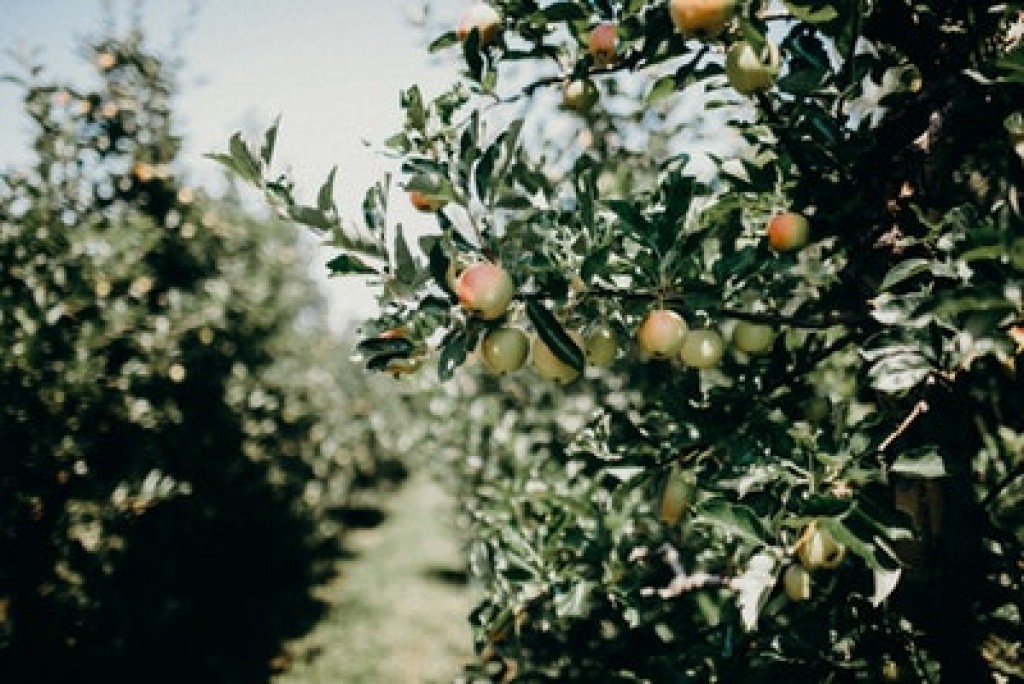Growing an orchard gives immense satisfaction — especially when the ripened products end in profit. However, it’s a complex operation because there are a number of factors to consider such as climate, the seasons, labour, knowledge and money.
Many growers and horticulturists are constantly looking for new solutions to maximise efficiency. Harvest season involves a large percentage of an orchard’s labour expenses, which is why owners strive to find cost-effective ways to manage their plantation’s operations.
Here are some courses of action that growers and orchard owners will benefit from:
Investing in strong, quality equipment
Often, fruit pickers only have a limited time to collect fruits from the trees. The advancement of technology has paved the way for many agricultural operations to be mechanised, leading to increased efficiency in orchards. During harvest season, fast but careful fruit picking is a crucial step that ensures the quality of the produce before it is stored and shipped.
Today, there is a lot of high-quality orchard equipment on the market. Harvesting tools such as cherry pickers and fruit ladders have the potential to boost overall yield while reducing labour costs. They allow people to move quickly and safely from tree to tree, resulting in less exhausted workers able to maintain their output. They are designed to eliminate physical barriers, simplifying operations and ensure the safety of the fruit pickers.
Adopting space-efficient and waste-reducing loading systems
Loading systems such as HDPE plastic pallets help reduce costs because of their lifespan and reusability. They lessen the risk of product damage and make it quicker to handle goods. Since pallets are designed to be easily arranged and stacked, they save space during storage. Pallets also offer four-way access, making them easy to pick up with a forklift.
Plastic bins are cost-efficient because they can be reused after they’re cleaned and sanitised. Compared to wooden pallets, plastic pallets last up to ten years, cutting costs by providing a far longer service.
Control post-harvest handling and storage to avoid contamination
Once picked and stored, harvested fruits and vegetables carry on biological and chemical processes. Therefore, the handling of produce after harvesting directly affects the quality of appearance, flavour and texture.

With stricter government regulations placed on food products, it’s become more important to ensure the safe and hygienic handling of fresh produce. From the moment of gathering, product quality will deteriorate. One way to control post-harvest quality is to limit the respiration rate by lower the temperature of the storage area. Intentional pre-cooling of the produce directly after picking, and prior to shipping, decreases the rate of respiration.
Another way to avoid contamination is to remove obviously damaged produce from the rest. Sorting minimizes cross-contamination of post-harvest pathogens to a larger portion of the crop. The fresh produce is also rinsed and sanitised to remove soil and debris.
Australia is perfect for orchards because of the variety of fruits that can be grown throughout the year. With harvest season being so busy, a clear management strategy for the orchard will give positive results with increased productivity, workers’ safety and maintained quality of the produce.
